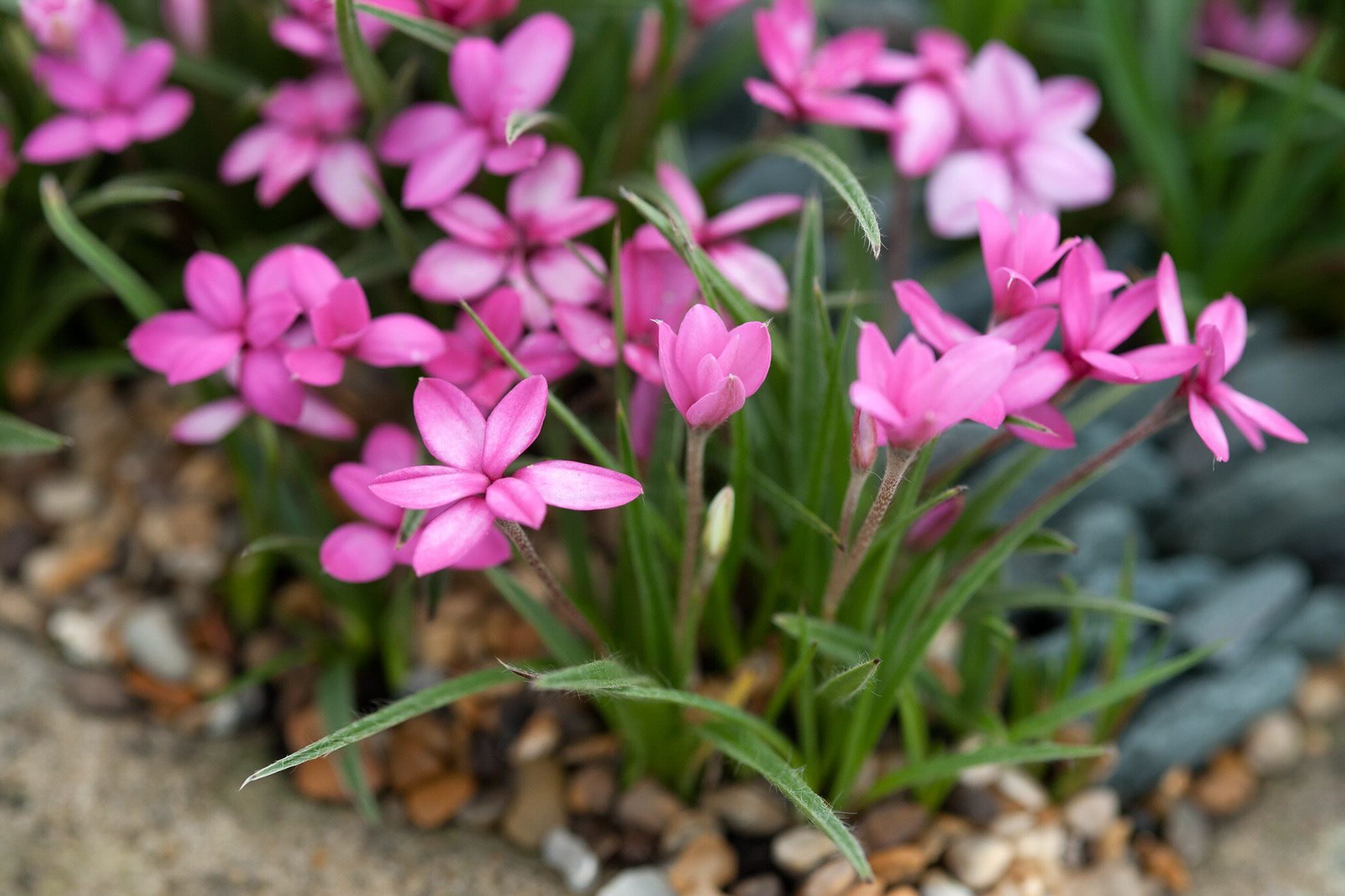
Rhodohypoxis is a small but stunning plant that often goes unnoticed. Native to South Africa, this little gem thrives in rocky, mountainous regions. Did you know that Rhodohypoxis blooms in a variety of colors, from white to deep pink? These vibrant flowers can brighten any garden or windowsill. Interestingly, they are quite hardy and can survive in harsh conditions, making them a favorite among gardeners. Another cool fact is that Rhodohypoxis plants are relatively low-maintenance, requiring minimal watering and care. Want to know more about this fascinating plant? Keep reading to uncover 30 amazing facts about Rhodohypoxis!
What is Rhodohypoxis?
Rhodohypoxis is a small genus of flowering plants native to South Africa. These charming plants are known for their vibrant blooms and compact size, making them a favorite among gardeners. Let's dive into some fascinating facts about Rhodohypoxis.
-
Rhodohypoxis belongs to the family Hypoxidaceae, which includes about 100 species of flowering plants.
-
The genus name Rhodohypoxis is derived from Greek words: "rhodo" meaning rose and "hypoxis" referring to a related genus.
-
These plants are native to the Drakensberg Mountains in South Africa, where they thrive in moist, grassy areas.
-
Rhodohypoxis is a perennial plant, meaning it can live for more than two years, blooming each season.
-
The flowers of Rhodohypoxis come in various shades of pink, red, and white, adding a splash of color to any garden.
-
The plant's leaves are grass-like and form a dense clump, providing a lush green backdrop for the vibrant flowers.
Growing Conditions for Rhodohypoxis
Understanding the growing conditions for Rhodohypoxis can help gardeners cultivate these beautiful plants successfully. Here are some key facts about their preferred environment.
-
Rhodohypoxis prefers well-drained soil, as waterlogged conditions can lead to root rot.
-
These plants thrive in full sun to partial shade, making them versatile for different garden settings.
-
Rhodohypoxis requires regular watering during the growing season but should be kept dry during dormancy.
-
The ideal temperature range for Rhodohypoxis is between 60°F and 75°F (15°C to 24°C).
-
In colder climates, Rhodohypoxis can be grown in containers and brought indoors during the winter months.
-
Adding a layer of mulch around the plants can help retain moisture and regulate soil temperature.
Rhodohypoxis Varieties
There are several varieties of Rhodohypoxis, each with its unique characteristics. Here are some popular ones.
-
Rhodohypoxis baurii is the most common species, known for its bright pink flowers.
-
Rhodohypoxis milloides features larger flowers and a more robust growth habit compared to other varieties.
-
Rhodohypoxis deflexa has distinctive downward-facing flowers, giving it a unique appearance.
-
Rhodohypoxis 'Alba' is a white-flowered variety that contrasts beautifully with its green foliage.
-
Rhodohypoxis 'Douglas' is a hybrid variety known for its deep red flowers and vigorous growth.
-
Rhodohypoxis 'Hebron Farm Pink' is a cultivar with soft pink flowers and a compact growth habit.
Caring for Rhodohypoxis
Proper care is essential for keeping Rhodohypoxis healthy and vibrant. Here are some tips to ensure your plants thrive.
-
Deadheading spent flowers can encourage more blooms and keep the plant looking tidy.
-
Fertilizing Rhodohypoxis with a balanced, water-soluble fertilizer during the growing season can promote healthy growth.
-
Dividing Rhodohypoxis every few years can prevent overcrowding and rejuvenate the plants.
-
Protecting Rhodohypoxis from pests like slugs and snails can prevent damage to the leaves and flowers.
-
Providing good air circulation around the plants can help prevent fungal diseases.
-
Pruning back the foliage after the flowering season can help prepare the plant for dormancy.
Interesting Facts About Rhodohypoxis
Beyond their beauty and growing requirements, Rhodohypoxis has some intriguing aspects worth noting.
-
Rhodohypoxis is often used in rock gardens and alpine gardens due to its compact size and colorful blooms.
-
The plant's tubers can survive periods of drought, making them resilient in various conditions.
-
Rhodohypoxis can be propagated by dividing the tubers or by seed, offering flexibility for gardeners.
-
In their native habitat, Rhodohypoxis often grows alongside other alpine plants, creating a diverse and colorful landscape.
-
The flowers of Rhodohypoxis are known to attract pollinators like bees and butterflies, benefiting the garden ecosystem.
-
Rhodohypoxis has gained popularity in horticultural circles for its ease of care and stunning floral displays.
Final Thoughts on Rhodohypoxis
Rhodohypoxis is a fascinating plant with a rich history and unique characteristics. From its vibrant blooms to its resilience in various climates, this plant offers both beauty and hardiness. Gardeners appreciate its low maintenance and stunning visual appeal. Whether you're a seasoned gardener or a newbie, Rhodohypoxis can be a delightful addition to your garden. Its ability to thrive in different conditions makes it a versatile choice for many landscapes. Remember, proper care and attention will ensure that your Rhodohypoxis plants flourish and bring joy for years to come. So, next time you're looking to add a splash of color to your garden, consider Rhodohypoxis. Happy gardening!
Was this page helpful?
Our commitment to delivering trustworthy and engaging content is at the heart of what we do. Each fact on our site is contributed by real users like you, bringing a wealth of diverse insights and information. To ensure the highest standards of accuracy and reliability, our dedicated editors meticulously review each submission. This process guarantees that the facts we share are not only fascinating but also credible. Trust in our commitment to quality and authenticity as you explore and learn with us.
